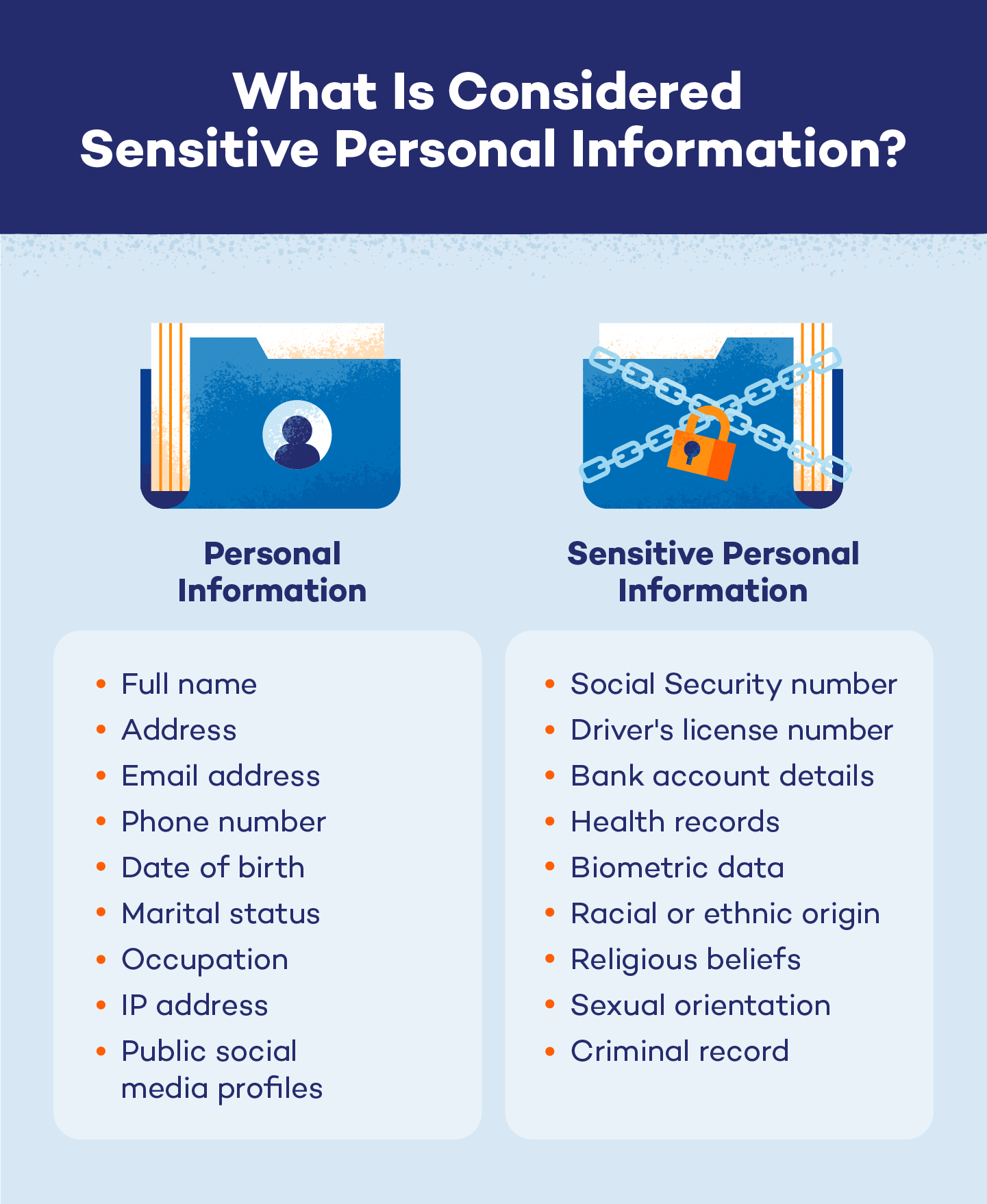
Many of us find ourselves at a crossroads when it comes to personal transportation and environmental responsibility. The ideal scenario, for many, is a sleek new electric vehicle (EV) – a car that promises zero tailpipe emissions and a tangible reduction in our carbon footprint. The dream of quiet, efficient, and environmentally friendly motoring is incredibly appealing, a future we all strive for. However, the reality of the current market often dictates that the significant initial investment required for a new EV places it squarely out of reach for a large portion of the population. Financial commitments can be substantial, making the leap to electric an unfeasible option for the moment, despite the long-term benefits to both the planet and our wallets.
But here’s the empowering truth: you don’t need to wait until you can afford an EV to start making a real, positive difference. The notion that environmental action requires a complete overhaul of your vehicle is a misconception we’re here to debunk. There are a wealth of powerful, practical, and often surprisingly affordable steps you can implement right now to drastically cut down on your vehicle’s emissions and significantly lighten your environmental load. These aren’t just minor adjustments; they are proactive strategies that transform your everyday driving into an act of eco-consciousness, proving that impactful change begins with what you already have.
This article is your comprehensive guide to navigating the path to greener driving without ever stepping foot into an EV dealership. We’re going to equip you with actionable insights and solutions-oriented advice, empowering you to optimize your current gas-powered car for maximum efficiency and minimum environmental impact. From simple diagnostic checks and smart driving tactics to leveraging cutting-edge technology and making informed fuel choices, we’ll cover immediate and practical ways you can start reducing your carbon footprint today. Get ready to discover how small, consistent efforts can lead to substantial ecological and economic benefits, proving that an eco-friendly future is within everyone’s grasp.
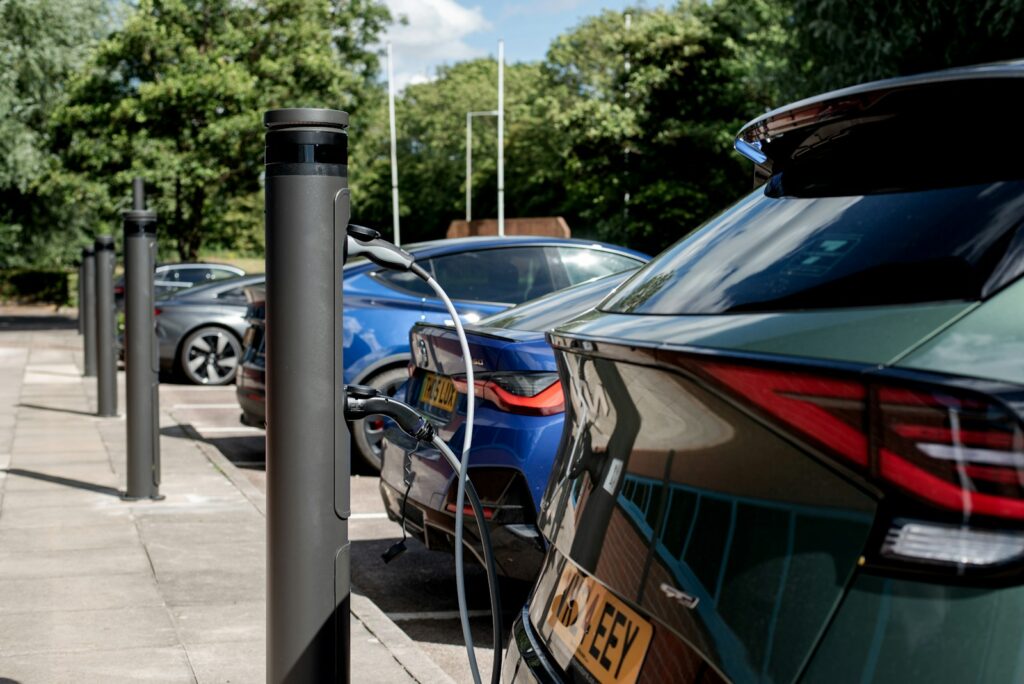
1. **Perform an Emissions Test**: Think of your current gas-powered vehicle not as an inevitable polluter, but as a machine with untapped potential for efficiency. Even if it’s not a brand-new, zero-emission electric vehicle, there’s a significant chance it could be operating far less harmfully to the environment than it currently is. The first, and arguably most foundational, step in any eco-friendly driving journey is to understand your vehicle’s current environmental performance. This isn’t just a regulatory chore in some areas; it’s a critical diagnostic assessment that provides a clear baseline for improvement.
The process is straightforward: visit a certified emissions test provider, such as a local service center like Bountiful Emissions. During this appointment, your vehicle will undergo a detailed diagnostic procedure. Sophisticated equipment will measure the precise levels of various pollutants being emitted from your exhaust pipe. These include common contributors to urban smog and climate change, such as nitrogen oxides, carbon monoxide, particulate matter, and unburned hydrocarbons. Understanding these specific output numbers is crucial, as they directly indicate how efficiently your engine is burning fuel and what specific environmental impact your vehicle is having.
If your vehicle’s emissions levels are found to exceed the accepted local or national standards, it’s not a sign for panic, but rather an opportunity for targeted improvement. The test results will come with concrete recommendations for repairs. These often pinpoint common mechanical issues that hinder efficiency and amplify pollution. For example, a failing oxygen sensor can disrupt the fuel-air mixture, leading to incomplete combustion. A clogged catalytic converter, designed to reduce harmful gases, might not be doing its job effectively.
Other frequent culprits include a dirty air filter, which restricts crucial airflow to the engine, or worn spark plugs, which can cause inefficient ignition. Addressing these specific issues isn’t just about passing a test; it’s about restoring your vehicle to its optimal operating condition. These repairs directly translate into a cleaner burn, significantly reducing the harmful pollutants released into the atmosphere.
What’s more, optimizing your engine’s performance through these repairs often leads to a noticeable improvement in fuel economy. When your engine runs more efficiently, it consumes less gasoline to cover the same distance. This means fewer trips to the pump and more money staying in your wallet. So, an emissions test is truly a win-win: you contribute to cleaner air, and you save on fuel costs, all by giving your existing car the attention it deserves.
Read more about: 8 Outdated Car Habits to Stop Now: Driving Smarter for a Sustainable and Safer Future

2. **Reduce Your Driving**: When it comes to minimizing your vehicle’s environmental footprint without purchasing an EV, one of the most direct and potent actions you can take is simply to reduce the amount you drive. This might sound almost too obvious, but its profound impact often gets underestimated. The core principle is simple: every mile not driven is a mile without emissions. This isn’t about giving up mobility; it’s about making conscious choices to move smarter and more sustainably.
The excellent news is that embracing less driving doesn’t mean sacrificing your social life or limiting your daily activities. Instead, it invites you to creatively explore the full spectrum of transportation alternatives available in your community. Start by taking a fresh look at the public transport options around you – buses, trains, subways, or even local shuttles. These systems are designed to move many people efficiently, significantly lowering the per-person carbon cost compared to individual car trips. Public transport often provides a perfect opportunity to catch up on reading, emails, or simply relax during your commute.
For shorter, routine trips, consider investing in an E-bike. These electric-assist bicycles offer a fantastic blend of exercise and convenience, making everyday commuting, grocery runs, or quick errands a breeze without burning a single drop of gasoline. Carpooling is another highly effective strategy; connect with friends, family, or colleagues who share similar routes and destinations. By sharing rides, you not only halve or quarter your individual emissions for that trip but also cut down on fuel costs and parking hassles, fostering a sense of community along the way.
Essentially, the overarching goal here is to strategically diminish your reliance on your personal vehicle. It’s about shifting your mindset from “I must drive” to “What’s the smartest way for me to get there?” While initially adapting to these new modes of transit might feel like an adjustment to your routine, you’ll likely be surprised by how quickly these alternative behaviors become second nature. Many people discover unexpected benefits, like reduced stress, increased physical activity, and even a stronger connection to their local environment.
Furthermore, for those times when using your car is truly unavoidable, implement a “trip-chaining” strategy. Instead of making separate, individual trips for each errand—a run to the post office, then a stop at the grocery store, then a visit to a friend—combine all your tasks into a single, efficient outing. By consolidating your appointments and destinations, you minimize cold starts, reduce overall driving distance, and significantly decrease the total emissions produced. It’s a practical, actionable approach that maximizes efficiency and minimizes your environmental footprint.
Read more about: The End of an Era: 13 Critical Reasons Why Once-Great Golf Courses Are Losing Their Luster

3. **Change Your Driving Habits**: Here’s a powerful revelation: the biggest determinant of your car’s fuel efficiency, and by extension, its emissions, isn’t just the car itself—it’s *you*. The way you engage with the accelerator, brake pedal, and steering wheel can dramatically alter your vehicle’s environmental impact, all without requiring any mechanical upgrades or financial outlay. Adopting a more mindful, eco-conscious driving style is one of the most accessible and immediate ways to contribute to a greener planet, transforming every journey into an act of environmental stewardship.
Start by mastering the art of smooth acceleration. Instead of aggressively stomping on the gas pedal, apply gentle, progressive pressure. Rapid acceleration forces your engine to consume a disproportionately large amount of fuel in a short burst, creating higher emissions. Conversely, minimizing unnecessary braking is equally important. Anticipate traffic flow, red lights, and turns well in advance. By allowing your car to coast or gently decelerate, you preserve kinetic energy, reducing the need for hard braking and subsequent re-acceleration, which are notorious fuel guzzlers.
Maintaining a steady speed is another cornerstone of efficient driving, particularly crucial during highway travel. Fluctuating speeds, constantly speeding up and slowing down, compel your engine to work harder and less efficiently. Aim for a consistent velocity, using the highest gear appropriate for your speed. This approach minimizes fuel consumption, as your engine operates within its most economical RPM range, leading directly to reduced emissions and significant savings on gasoline. Think of it as finding your car’s “sweet spot” for efficiency.
Beyond the road, a simple yet highly effective habit involves managing idling time. If you find yourself in a situation where you’ll be stationary for more than ten seconds—whether stuck in heavy road works, waiting in a school pick-up line, or in a loading zone—it’s almost always more fuel-efficient and less polluting to turn your engine off. Modern engines consume surprisingly little fuel to restart, making the emissions saved from idling well worth the momentary pause. This small action can add up to considerable savings in both fuel and emissions over time.
For those who frequently drive on highways, cruise control is an invaluable tool for maintaining efficiency. Engaging cruise control helps your vehicle maintain a consistent speed, preventing the subtle, often unconscious, fluctuations that lead to wasted fuel. This feature is particularly effective on flat stretches of road where constant throttle adjustments aren’t necessary. By letting your car’s computer manage the speed, you ensure optimal fuel consumption and a steady, lower emission output, making long journeys not only more relaxed but also significantly greener.
Read more about: The End of an Era: 13 Critical Reasons Why Once-Great Golf Courses Are Losing Their Luster
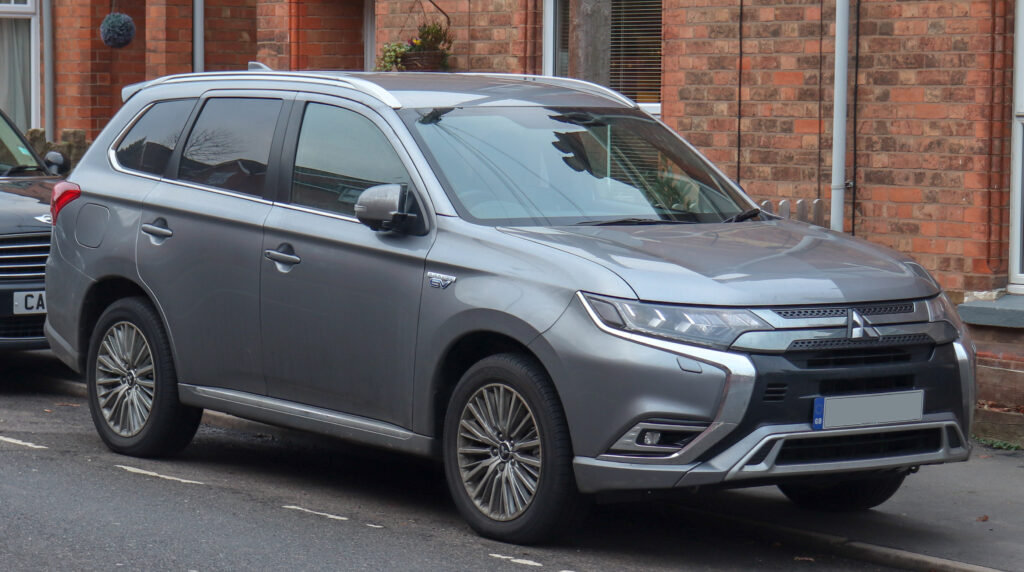
4. **Eco-Driving Technology**: In the digital age, technology extends its helping hand far beyond our phones and computers, offering powerful support for our eco-friendly driving ambitions. Even if you’re not behind the wheel of a high-tech EV, smart devices and applications can provide invaluable real-time feedback and strategic insights, empowering you to drive more efficiently and consciously. These digital co-pilots act as objective observers, translating your driving actions into measurable data that helps you refine your habits for greater environmental performance.
Start with accessible smartphone applications designed to track and optimize your driving. Apps like Fuelly or GasBuddy allow you to meticulously log your fuel purchases, mileage, and routes. Over time, this data compiles into a comprehensive record of your fuel efficiency, helping you identify trends and understand how different driving conditions or habits impact your consumption. By providing a clear, historical perspective on your vehicle’s performance, these tools empower you to set goals and monitor your progress in reducing both fuel usage and emissions.
For a more immediate and detailed understanding of your driving dynamics, consider investing in small plug-in devices that connect directly to your car’s OBD-II (On-Board Diagnostics) port. Devices such as Automatic Pro or various ELD-based trackers can provide real-time feedback on your driving style. These gadgets illuminate instances where you might be inadvertently wasting fuel through practices like harsh braking, rapid acceleration, or excessive idling. The ability to see these inefficiencies as they happen allows for instant adjustments, turning abstract “better driving” advice into concrete, actionable changes you can make mid-journey.
Beyond personal driving analysis, navigation tools themselves are evolving to support eco-conscious choices. Popular platforms like Google Maps and Waze are increasingly integrating features that suggest “eco-routes” in many urban and suburban areas. These routes are optimized not just for speed, but for efficiency, prioritizing paths with less congestion, fewer traffic lights, and smoother flow. By choosing these routes, you actively reduce the time spent idling in traffic and minimize stop-and-go driving, both of which significantly contribute to higher fuel consumption and emissions. Embracing these technological aids is a simple, effective way to drive smarter and greener every single day.
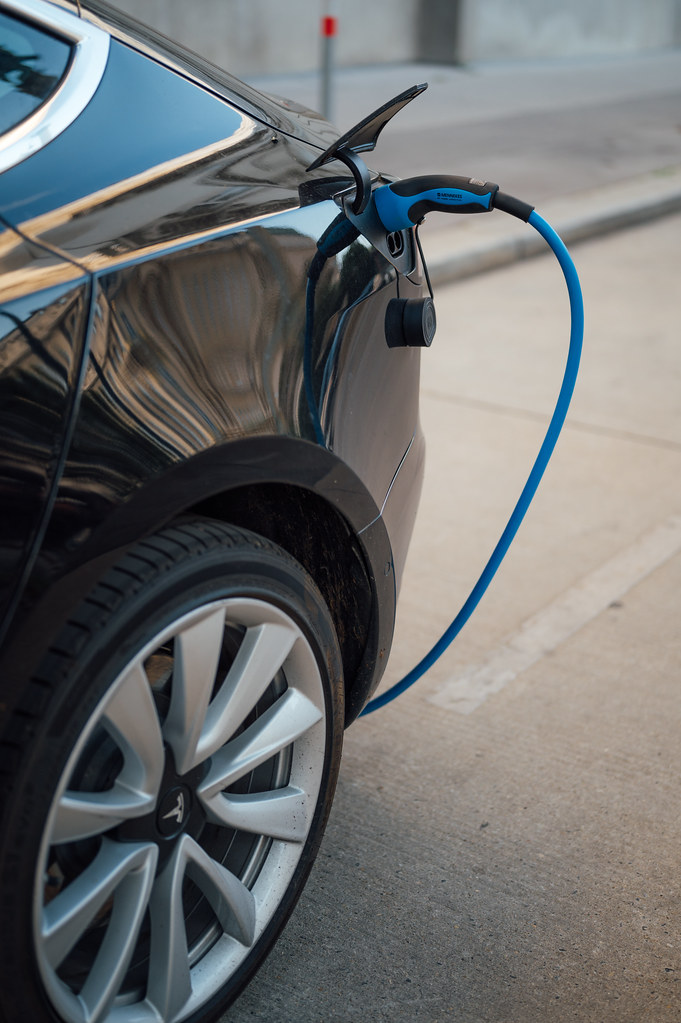
5. **Maintain Your Vehicle**: While the dream of an electric vehicle might still be a few paychecks away, the current vehicle in your driveway possesses a significant, yet often overlooked, capacity for environmental kindness. Regular, even minor, maintenance tasks on your gas-powered car are not just about prolonging its lifespan; they are incredibly effective and surprisingly inexpensive ways to drastically reduce its emissions and improve its fuel efficiency. A well-cared-for car is a cleaner car, making vehicle maintenance a cornerstone of eco-friendly driving.
One of the simplest yet most impactful maintenance checks you can perform is ensuring your tires are consistently and properly inflated. Under-inflated tires create greater rolling resistance, forcing your engine to work harder to maintain speed. This increased effort translates directly into higher fuel consumption and, consequently, elevated emissions. To find the exact recommended PSI (pounds per square inch) for your vehicle, simply check the tire information placard, typically located inside the driver’s door jamb or in your owner’s manual. Most passenger vehicles usually fall within the 30 to 35 PSI range. Making this a routine check can yield significant returns in both fuel economy and reduced environmental impact.
Beyond tires, diligent engine care is paramount. A clean and well-lubricated engine operates far more efficiently. Make it a priority to change your engine oil and filters at the manufacturer’s recommended intervals. Fresh oil ensures all moving parts are smoothly lubricated, minimizing friction and energy loss. A clean air filter, on the other hand, guarantees that your engine receives an optimal supply of clean air, crucial for efficient combustion. These straightforward replacements prevent your engine from struggling, which directly reduces fuel waste and harmful emissions.
Furthermore, pay close attention to critical components like oxygen sensors and spark plugs. Oxygen sensors monitor the amount of oxygen in your exhaust gases, sending vital data to your car’s computer to optimize the fuel-air mixture. A faulty sensor can lead to an incorrect mixture, resulting in incomplete combustion, increased emissions, and a noticeable drop in fuel economy. Similarly, worn spark plugs can cause engine misfires, which not only degrade performance but also release unburned fuel into the exhaust.
Addressing these small items proactively—replacing a dirty air filter, getting an oil change, or swapping out old spark plugs—are investments that pay dividends. They ensure your car runs at its peak efficiency, burning fuel more cleanly and producing fewer pollutants. This commitment to regular, preventive maintenance is a practical, powerful way to extend your vehicle’s life, save money on fuel, and reduce your personal contribution to air pollution, all while driving the car you already own.
Read more about: The End of an Era: 13 Critical Reasons Why Once-Great Golf Courses Are Losing Their Luster
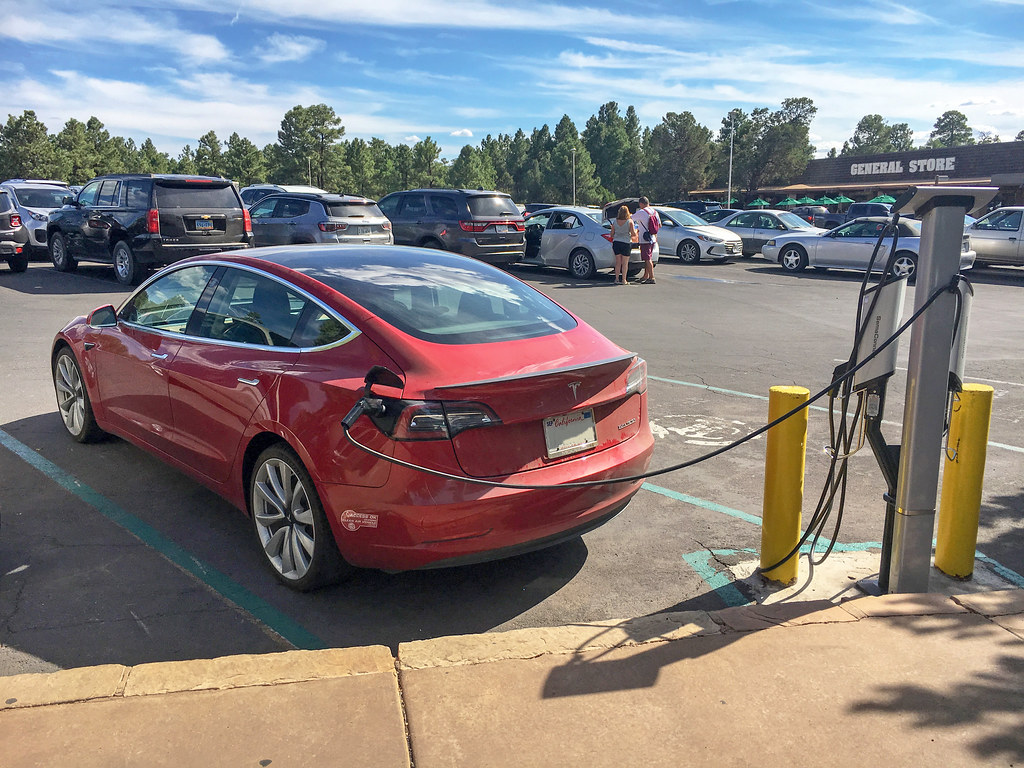
6. **The Impact of Fuel Choice**: While impeccable vehicle maintenance forms a robust foundation for eco-friendly driving, another powerful lever you can pull lies quite literally at the gas pump: your choice of fuel. It’s not just about the efficiency of your engine, but also about the composition of what you’re putting into it. In many areas, the option to select alternative fuels presents an additional, often overlooked, opportunity to significantly reduce your vehicle’s emissions profile without needing to upgrade your car itself. This decision can offer an immediate and tangible environmental benefit.
Across various regions, drivers may encounter a selection of alternative fuels at their local stations. These often include ethanol blends, such as E10 (10% ethanol) or E85 (up to 85% ethanol), as well as biodiesel or renewable diesel. These specific fuel types are not just different; they are engineered with a distinct purpose: to lower lifecycle greenhouse gas emissions when compared to conventional gasoline or diesel. This “lifecycle” perspective accounts for emissions from production through consumption, offering a more holistic view of their environmental advantages.
To put this impact into perspective, consider the data on biodiesel blends. According to the U.S. Department of Energy, these blends have the capacity to lower carbon dioxide emissions by a remarkable margin, potentially up to 74% over their entire lifecycle. Such figures highlight the substantial difference that a seemingly simple fuel choice can make. Opting for these greener alternatives, when available and compatible, is a direct way to reduce your contribution to atmospheric carbon, aligning your daily commute with broader environmental goals.
However, this is where careful consideration becomes paramount. It is absolutely vital to verify your vehicle’s compatibility before attempting to use any alternative fuel, especially higher ethanol blends like E85 or biodiesel. Not all cars are designed or engineered to run on these fuels, and forcing an incompatible fuel into your tank can lead to severe and costly engine damage. Modern engines are finely tuned machines, and their components may not withstand the chemical properties or higher ethanol content of certain blends.
The best course of action is always to consult your vehicle’s owner’s manual, which will clearly outline compatible fuel types. If you’re still uncertain, a conversation with a trusted mechanic or dealership service department is highly recommended. Making an informed decision ensures you can confidently reap the environmental benefits of alternative fuels without risking your vehicle’s health or incurring unexpected repair bills. This diligent approach empowers you to make a greener choice at the pump, extending your eco-friendly efforts to every fill-up.
Read more about: Hollywood’s Enduring Stars: 13 Roles That Redefined Careers and Sparked Second Acts
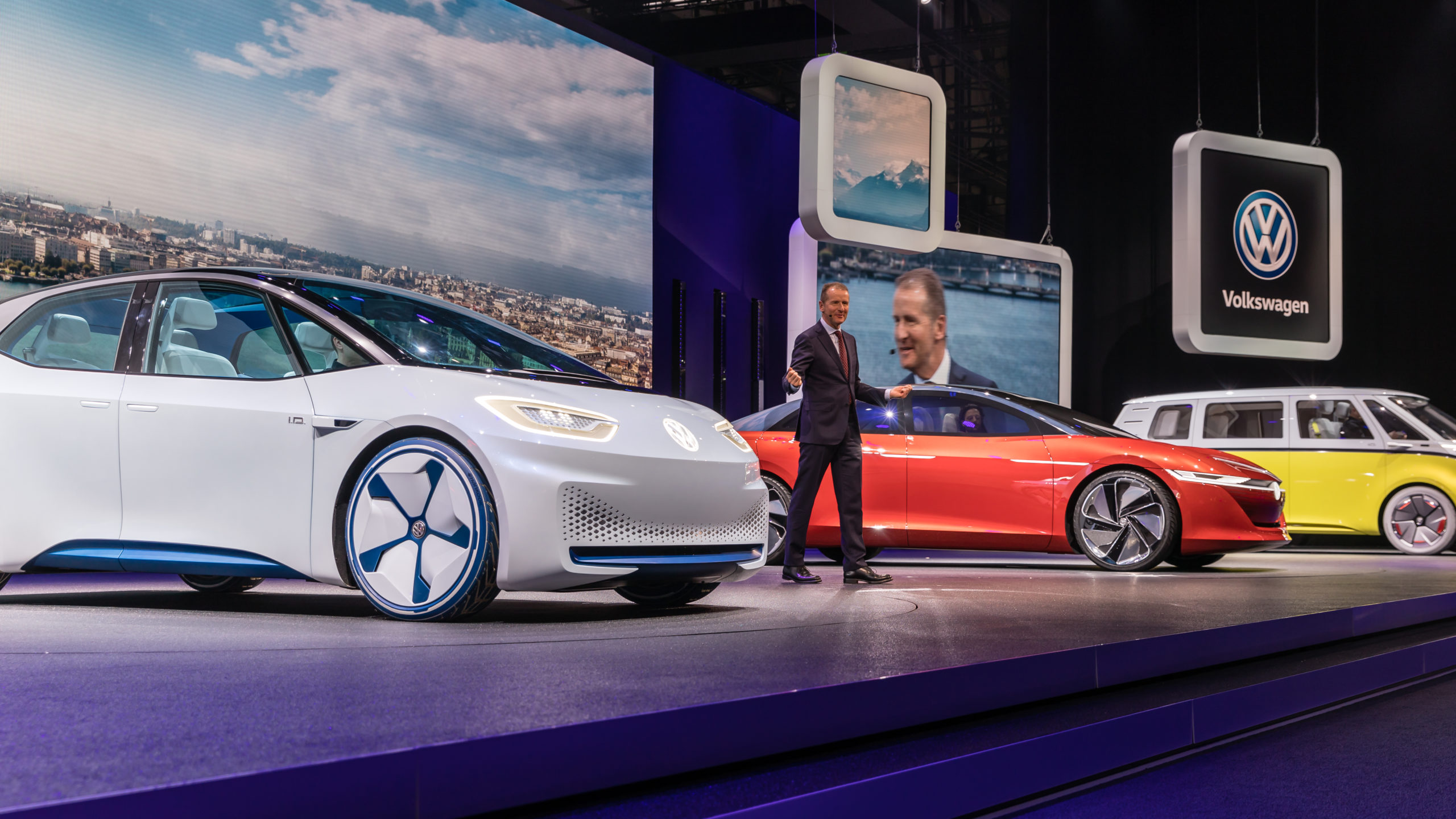
7. **Buy a More Efficient Vehicle**: While we’ve just spent a good deal of time empowering you to maximize the efficiency of your *current* ride, there might come a point where that vehicle simply isn’t cutting it anymore. Perhaps it’s an older model, a gas-guzzling SUV from a bygone era, or your repair costs are starting to outweigh its value. In such cases, the next practical step on your eco-friendly journey, without leaping straight to an EV, could be to invest in a more fuel-efficient gas-powered vehicle.
This isn’t about buying the flashiest new model; it’s about making a strategic, informed upgrade within your means. The market offers a wide array of gasoline vehicles that achieve impressive miles per gallon (MPG) ratings, far surpassing older or less optimized models. Researching the most fuel-efficient cars in your budget segment can reveal surprisingly green options that don’t carry the hefty price tag of an EV. Look for smaller engines, aerodynamic designs, and cars with modern fuel injection systems.
Exploring local car lots and discussing trade-in prices can make this transition smoother than you might imagine. Many dealerships are keen to offer competitive deals, and the savings you’ll accrue from better fuel economy will quickly start to offset the new vehicle’s cost. This thoughtful upgrade not only reduces your immediate emissions output but also places you in a more modern, safer, and potentially more enjoyable vehicle, all while staying grounded in financial practicality.
Read more about: Beyond the Hangar Doors: A Deep Dive into Jerry Seinfeld’s Legendary Porsche Inventory – From Historic Racers to Ultra-Rare Roadsters
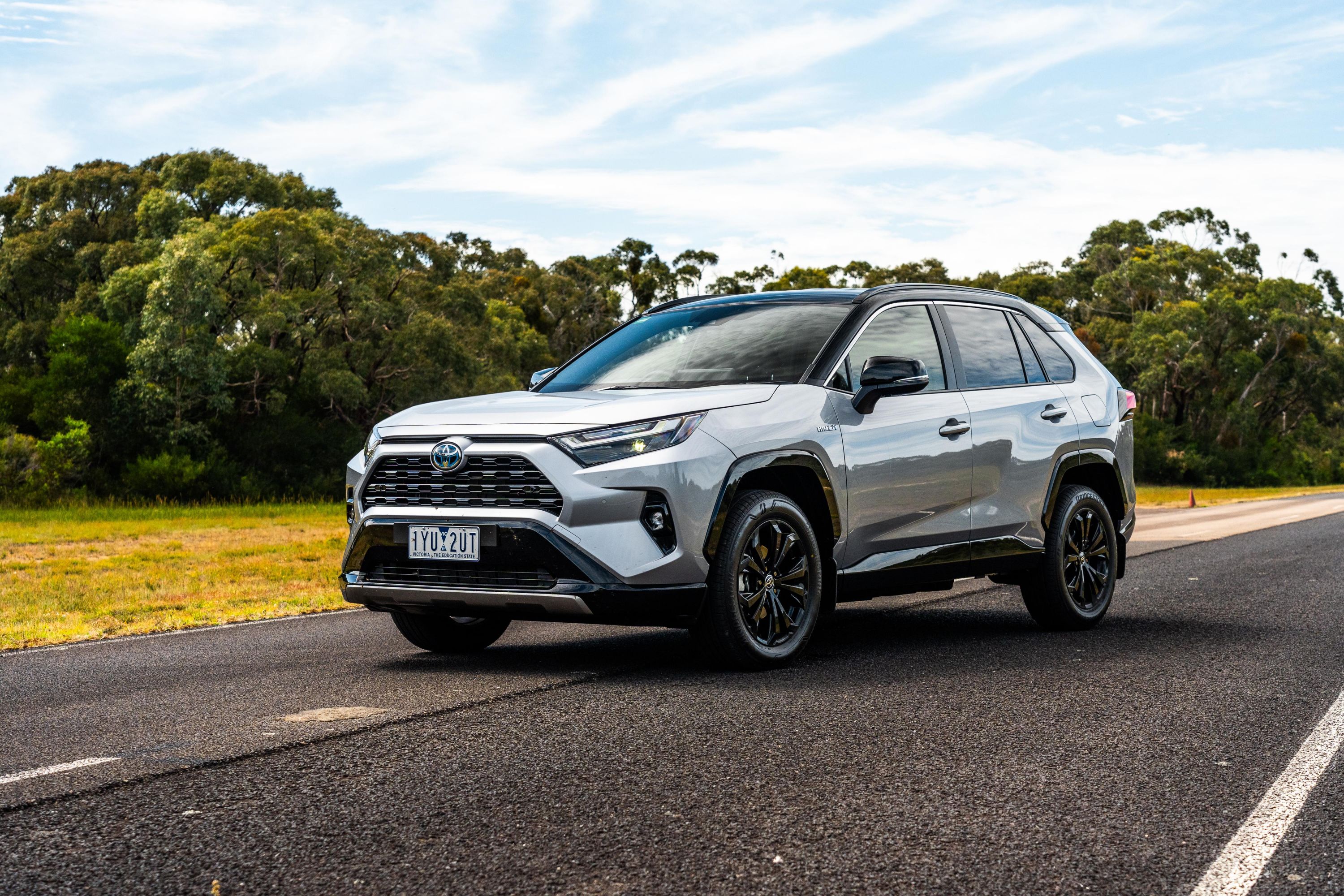
8. **Hybrid and Plug-in Hybrid as a Middle Step**: If the thought of completely ditching gasoline for an all-electric vehicle still feels like a bridge too far, or if your daily driving habits include long trips where charging infrastructure might be a concern, then hybrids and plug-in hybrids (PHEVs) present an incredibly compelling intermediate solution. They offer a tangible step towards electric mobility without fully committing to it, blending the best of both worlds.
Traditional hybrids, like the ever-popular Toyota Prius or a Honda Accord Hybrid, ingeniously combine a gasoline engine with an electric motor and battery. This setup allows them to regenerate energy during braking and operate on electric power at low speeds, significantly improving fuel efficiency. Compared to similar gas-only models, these vehicles can boost your fuel economy by a remarkable 20–35%, translating directly into fewer trips to the pump and a noticeable reduction in CO₂ emissions for every mile driven.
Plug-in hybrids, such as the Toyota RAV4 Prime or the Ford Escape Plug-in Hybrid, take this concept even further. They boast larger batteries that can be charged from an external power source, much like an EV. This means you can power your short daily commutes entirely on electricity, enjoying zero tailpipe emissions for those trips. When the battery runs low, or for longer journeys, the gasoline engine seamlessly takes over, eliminating any range anxiety.
The beauty of hybrids and PHEVs lies in their flexibility and practicality. They allow you to experience the benefits of electric driving for routine errands while retaining the familiarity and convenience of a gasoline engine for extended travel. Even upgrading to a used hybrid or PHEV can dramatically cut your emissions and fuel costs, offering an accessible and impactful pathway to a greener commute without the full leap to an EV.
Read more about: 8 Outdated Car Habits to Stop Now: Driving Smarter for a Sustainable and Safer Future
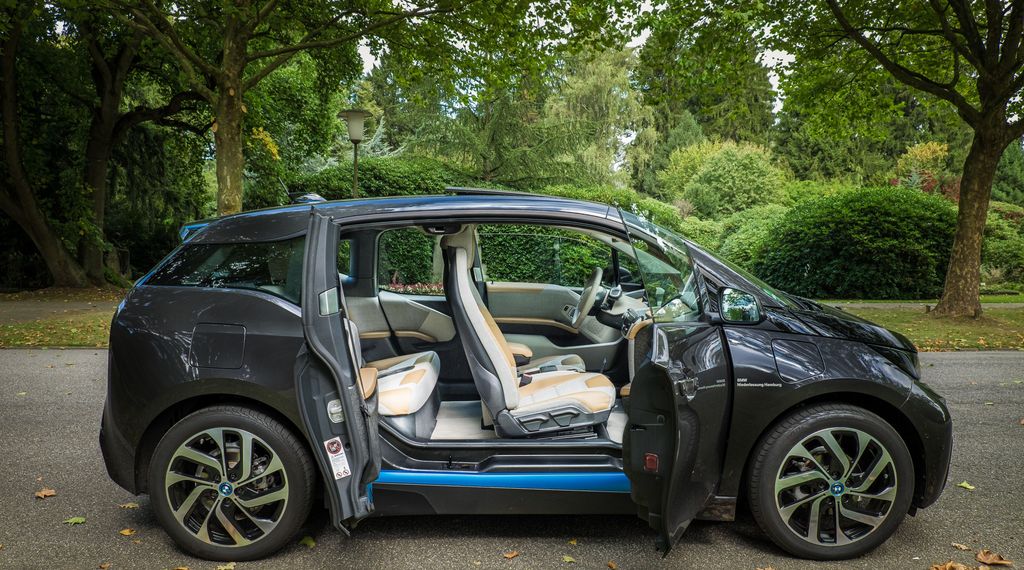
9. **Travel Light**: It might sound almost too simple to be effective, but the amount of weight your vehicle carries has a direct, measurable impact on its fuel efficiency and, by extension, its emissions. Our cars often become mobile storage units, accumulating everything from gym bags and forgotten groceries to tools and emergency kits. This seemingly innocuous clutter adds up, forcing your engine to work harder than necessary.
The numbers don’t lie: for every additional 100 pounds of weight your car is lugging around, your fuel economy can dip by approximately two percent. Over the course of a year, especially for daily commuters, that two percent can translate into a significant amount of wasted fuel and unnecessary carbon emissions. It’s an easy win for both your wallet and the environment that requires no mechanical expertise or complex installations.
So, here’s your actionable challenge: periodically empty your trunk and cabin. Remove roof racks, cargo boxes, or bike carriers when they’re not actively in use. These external accessories create aerodynamic drag, compounding the problem by forcing your engine to overcome increased air resistance in addition to the extra weight. By shedding unnecessary bulk and streamlining your vehicle’s exterior, you’re quite literally lightening its load.
These small changes contribute to improved fuel economy, putting more money back into your pocket with every fill-up. More importantly, they lead to an increased reduction in your environmental impact. It’s a reminder that sometimes the most impactful eco-friendly actions are the ones we can take with minimal effort, simply by being more mindful of what we carry.
Read more about: Jane Goodall’s Final Chapter: Unveiling the Cause of Death and the Enduring Legacy of a Primatology Pioneer
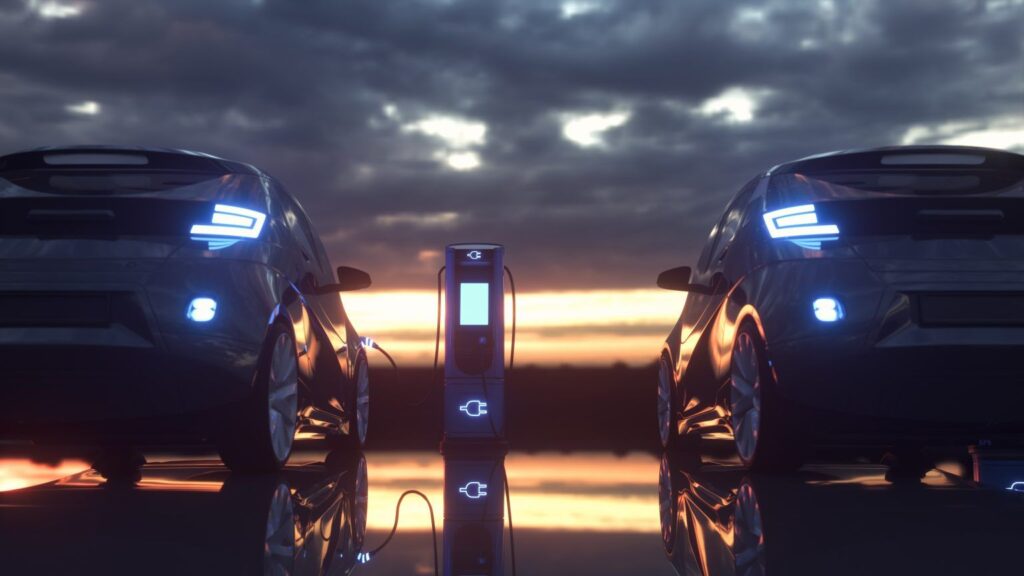
10. **Lifecycle Perspective**: When considering how to be eco-friendlier with your vehicle choices, it’s easy to focus solely on tailpipe emissions. However, a truly comprehensive approach requires understanding the “lifecycle” impact of a vehicle – a concept that looks beyond just driving to encompass manufacturing, transportation, and eventual disposal. This broader perspective often reveals that buying a brand-new car, even a highly efficient one, comes with significant hidden environmental costs.
The process of building a new car, regardless of its fuel type, is resource-intensive. It involves mining raw materials, manufacturing complex components, assembling the vehicle, and then transporting it to the dealership. In fact, studies show that constructing a new car can produce as much as 20%–30% of its total lifetime emissions *before it’s even driven off the lot*. This “embodied carbon” is a substantial environmental footprint that’s often overlooked in the excitement of a new purchase.
This powerful insight leads to a crucial, often counterintuitive, eco-friendly strategy: keeping your current vehicle running efficiently for as long as possible can sometimes be greener than rushing to replace it. By extending the lifespan of your existing car through diligent maintenance and mindful driving, you defer the environmental cost of manufacturing a new one. You’re effectively amortizing its initial embodied carbon over a longer period, reducing the overall impact.
Proper maintenance and mindful driving, as discussed throughout this article, are therefore not just about improving daily efficiency; they’re about maximizing the useful life of your vehicle. This delays its entry into the waste stream and reduces the demand for new production, conserving resources and significantly reducing the embedded carbon that comes with every new vehicle manufactured. It’s a long-term perspective that emphasizes sustainability over constant consumption.
Read more about: Are You That Enthusiast? Unmasking the 11 Automotive Hurdles That Annoy Collectors and Neighbors Alike.
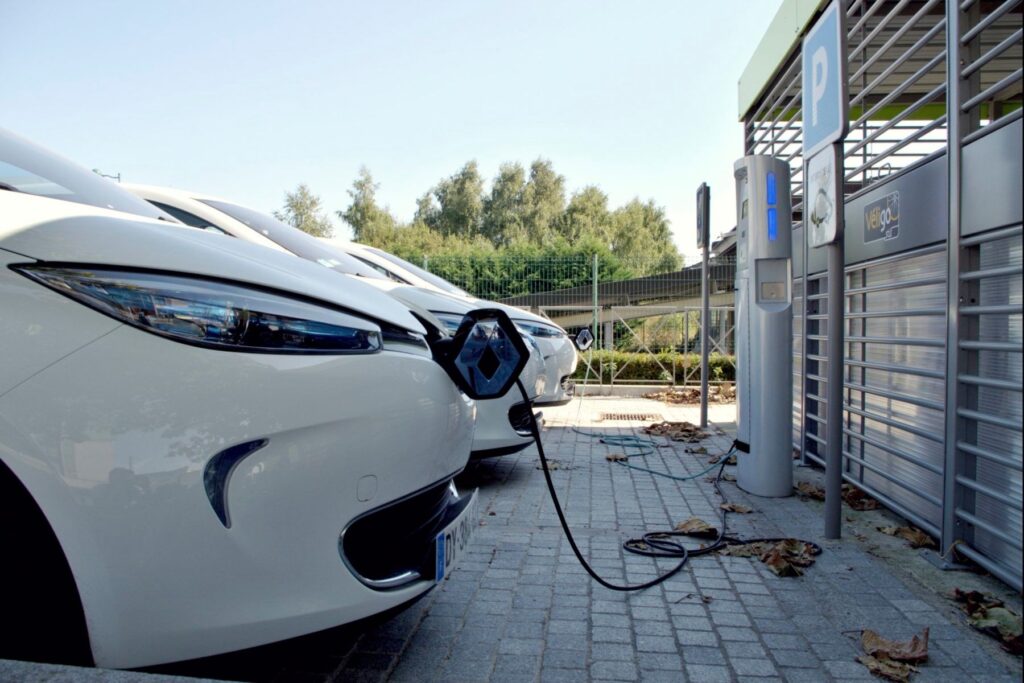
11. **Policy, Incentives & Community Efforts**: While individual actions like smarter driving and diligent maintenance are incredibly powerful, their impact can be amplified exponentially when integrated with broader community and policy-level initiatives. You don’t have to go it alone on your eco-journey; recognizing and engaging with collective efforts can significantly boost your overall environmental contribution and make greener choices more accessible for everyone.
Many states and cities across the country actively offer incentives to encourage eco-friendly transportation. These can range from rebates on hybrid or alternative fuel vehicle purchases to subsidies for public transit passes, making sustainable commuting more affordable. Some municipalities even provide tax breaks for businesses or individuals who install infrastructure like bike racks, promoting cycling as a viable alternative to driving. Staying informed about these local programs can unlock new opportunities for you to save money while going green.
Beyond financial incentives, policy can directly influence daily travel. For instance, some regions allow carpool vehicles or even specific hybrid models to utilize High Occupancy Vehicle (HOV) lanes, providing a time-saving perk that encourages ride-sharing and reduces overall traffic congestion. Participating in local “car-free days,” joining workplace carpool groups, or actively supporting investments in public transport infrastructure are all ways to contribute to a larger movement.
By advocating for and participating in these community-level efforts, you’re not just reducing your own carbon footprint; you’re helping to build an environment where cleaner travel becomes the default option for more people. Your individual commitment, coupled with collective action, creates a powerful synergy that drives meaningful and widespread change, proving that a greener future is truly a shared responsibility.
Read more about: Beyond the Paycheck: 13 Toxic Corporate Cultures That Fuel Mass Employee Walkouts
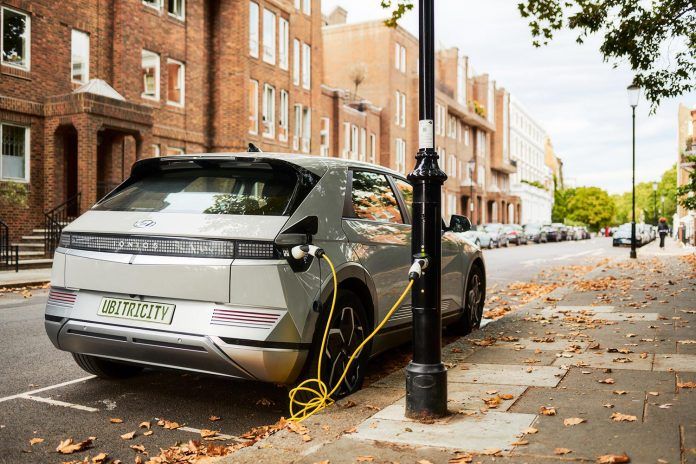
12. **Numbers That Matter (CO₂ and Cost Savings)**: At the end of the day, what truly motivates many of us are tangible results – the concrete numbers that demonstrate the impact of our efforts. While the full transition to an EV might be the ultimate goal for zero tailpipe emissions, the cumulative effect of the strategies we’ve discussed for your current gas-powered vehicle can lead to surprisingly significant reductions in both CO₂ output and annual fuel costs.
Consider the general estimates for annual CO₂ emissions: a typical gas sedan emits around 4.6 metric tons, while an SUV can go up to 6.0 metric tons. A hybrid, as a comparison, often sits around 2.9 metric tons. While these figures represent different vehicle types, they underscore the range of impact. More importantly, even small, incremental improvements to your existing vehicle’s efficiency can yield measurable benefits.
For example, achieving just a 5% improvement in miles per gallon (MPG) on a standard sedan – a feat easily attainable through diligent maintenance, mindful driving habits, and reduced weight – can save approximately 230 pounds of CO₂ annually. Beyond the environmental benefit, that same 5% improvement translates to around $100 in annual fuel savings, based on average US fuel costs. These aren’t abstract concepts; they are real, quantifiable gains that directly benefit both the planet and your personal finances.
These numbers serve as a powerful reminder that every eco-conscious choice you make, from checking your tire pressure to planning combined errands, adds up. You are not powerless without an EV; quite the opposite. By implementing these actionable strategies, you empower yourself to make a substantial and measurable difference, proving that an eco-friendly future is well within reach, right here, right now, with the car you already own.
You don’t have to buy an electric vehicle to reduce your emissions. While an EV can have the most significant impact, you can lower the emissions of your gas-powered vehicle with a few small and inexpensive changes. The journey to a greener lifestyle is paved with practical, achievable steps, and it starts today, right in your driveway. By embracing these strategies, you’re not just waiting for the future; you’re actively building it, one eco-conscious mile at a time.

